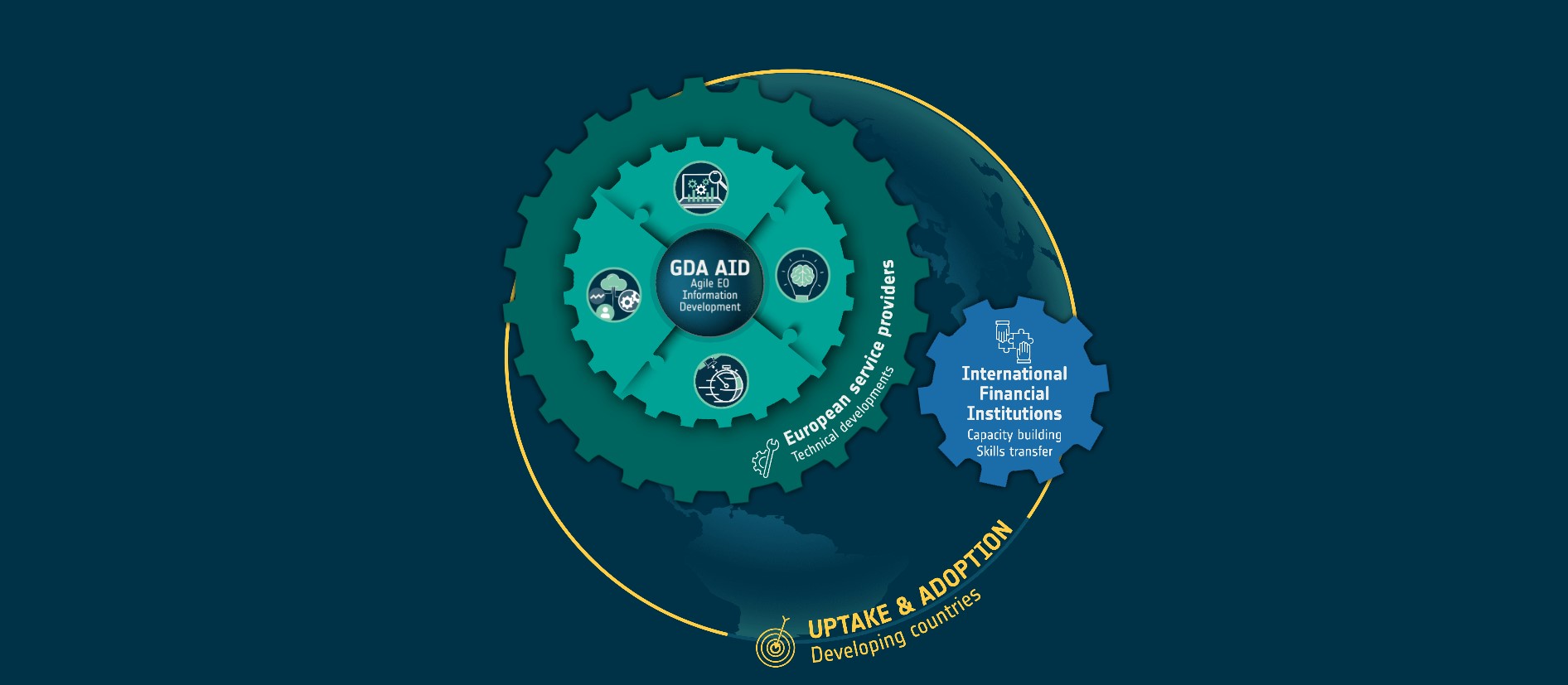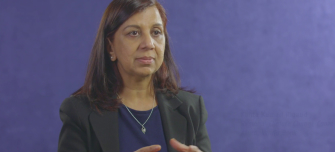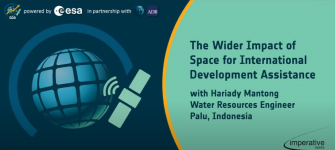Building on the recent launch of the European Space Agency’s (ESA) Global Development Assistance Forest Management (GDA Forest) activity, the consortium has published a new brochure that outlines the opportunities for applying Earth Observation (EO) to tackle critical forestry challenges. Working closely with the World Bank (WB) and the Asian Development Bank (ADB), ESA GDA Forest is shaping demand-driven EO services that can be embedded into development operations. The aim is to support sustainable and climate-resilient forest landscapes in low- and middle-income countries.
The ESA GDA Forest activity is delivered by a consortium of six leading organisations from across Europe, each bringing specialist capabilities in satellite EO, forestry, land use management, and digital development.

Safeguarding forests to meet development and climate goals
Forests are at the heart of climate stability, biodiversity, and rural livelihoods. However, they are increasingly under pressure from expanding agricultural frontiers, rising commodity demand, and climate-induced stresses. Growing populations and expanding economies are placing increasing pressure on forest ecosystems, threatening their ability to support both environmental and development goals.
Protecting and restoring forests is not only critical for ecosystem health but also for achieving development goals like poverty alleviation, food security, and carbon neutrality. EO data offers powerful, cost-effective solutions to help governments and development institutions monitor, manage, and protect forest resources at scale.
ESA GDA Forest Management Use Cases
The ESA GDA Forest Brochure highlights seven main use cases where EO can make a meaningful difference:
- Forest inventories: EO can enable systematic, scalable updates of national forest inventories, providing key metrics on forest structure, species distribution, and carbon stocks.
- Landscape planning and sustainable management: Satellite-derived data supports integrated landscape approaches, informing land use planning and resource allocation.
- REDD+ workflows: EO-based monitoring and data products enhance national efforts to track and report on forest carbon stocks and deforestation trends under REDD+ frameworks.
- Deforestation early-warning systems: Near real-time monitoring enables rapid detection of canopy disturbances, allowing faster intervention and forest protection.
- Monitoring of ecologically vulnerable areas: Satellite data helps identify and assess risks in fragile forest ecosystems, including montane and coastal forests.
- Deforestation-free supply chains: EO supports verification of forest conditions and change, helping actors demonstrate compliance with the EU Deforestation Regulation (EUDR) on deforestation-free products.
- Monitoring of mangrove areas: Continuous monitoring of mangrove extent and condition supports resilience-building in coastal environments and informs restoration efforts
This story is part of a series aiming to introduce the ESA GDA Forest Management activity, its partnerships with IFIs, and its contribution to operational EO service development. You can find further details in the ESA GDA Forest Management Brochure available via the ESA GDA Forest thematic page.
Please contact the ESA GDA Forest team via gda-forest@gaf.de should you have any questions.















